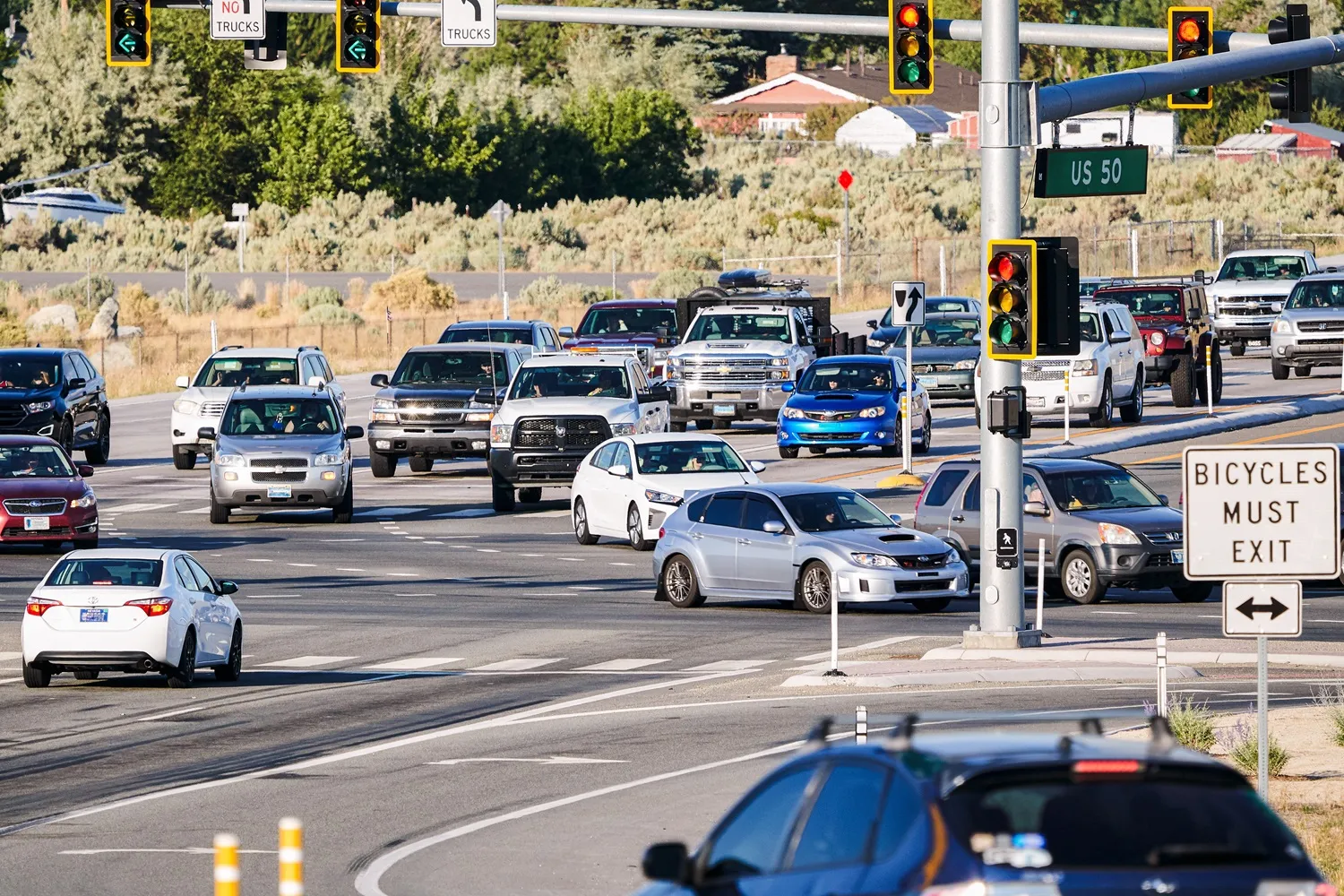
The U-ITS Station is a compact, comprehensive C-ITS solution providing full hybrid, ETSI/ISOstandard communications. Available in roadside and in-vehicle versions that use many of the same components, its conformity with internationally agreed C-ITS standards enables ready interfacing with other manufacturers’ technologies. This is significant — previous ITS World Congress outdoor demonstrations have featured proprietary standards or effectively represented a single supplier’s product set.
During the ITS World Congress, U-ITS Station-equipped coaches travelling to and from the outdoor demonstration area will pass through a series of intersections. The roadside U-ITS Stations will broadcast standard messages including intersection map and traffic signal status (SPaT/MAP) roadside awareness messages (CAM) and roadside service announcements. A central ITS station will provide open web access, enabling smartphone, tablet or PC users to follow the demonstration live.
“The Universal ITS Station is the most technically advanced ITS product we have ever created,” says Knut Evensen, Q-Free’s Chief Technologist. “This is the third generation unit and it is now a very highly capable and — crucially — robust solution for the C-ITS environment. Interoperability testing with other manufacturers went entirely according to plan. Everything worked just fine, first time.
“What we now have is an effective, accessible, totally standards-compliant solution that is fully capable of supporting C-ITS pilots around the world.
We’ve already achieved our first sales in this respect,” Evensen said.
Q-Free also will be exhibiting within the main exhibition where the U-ITS Station, as well as the company’s other solutions that support smarter mobility in both urban and inter-urban environments, will feature.










